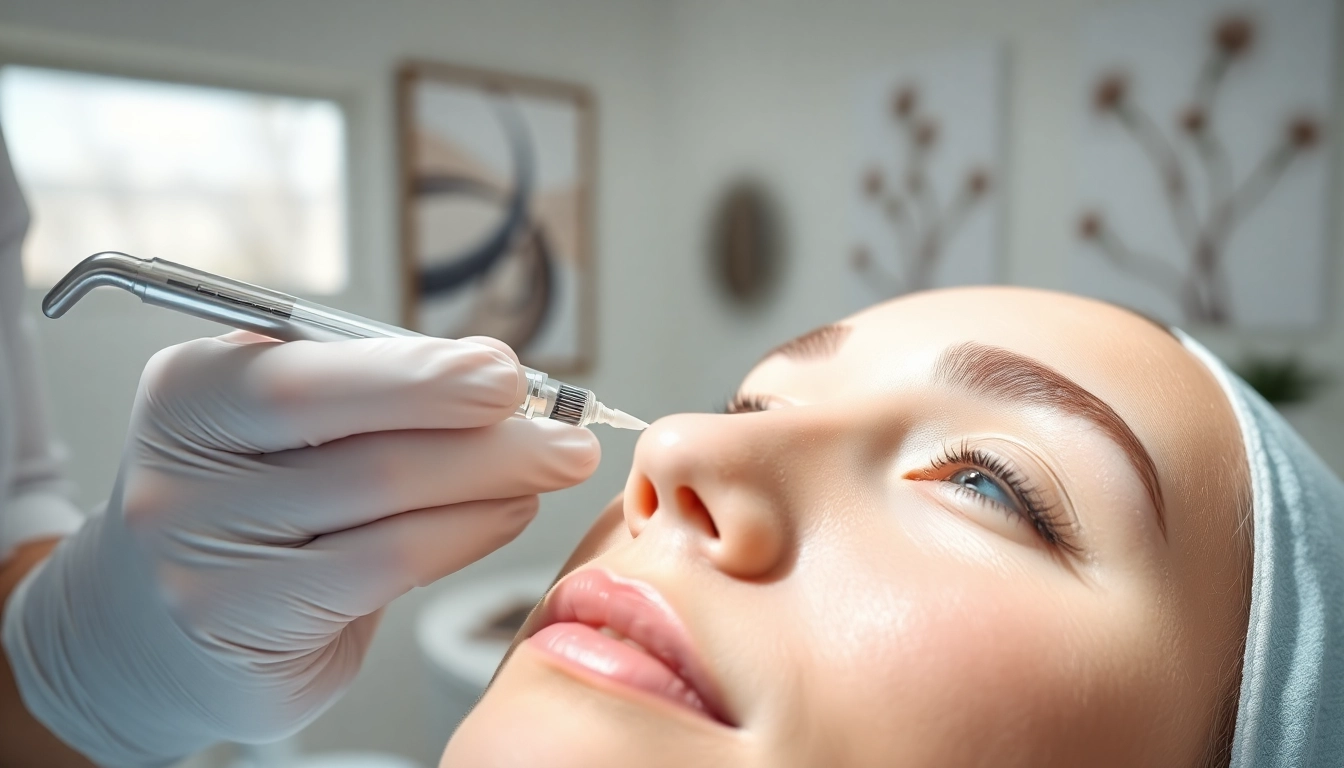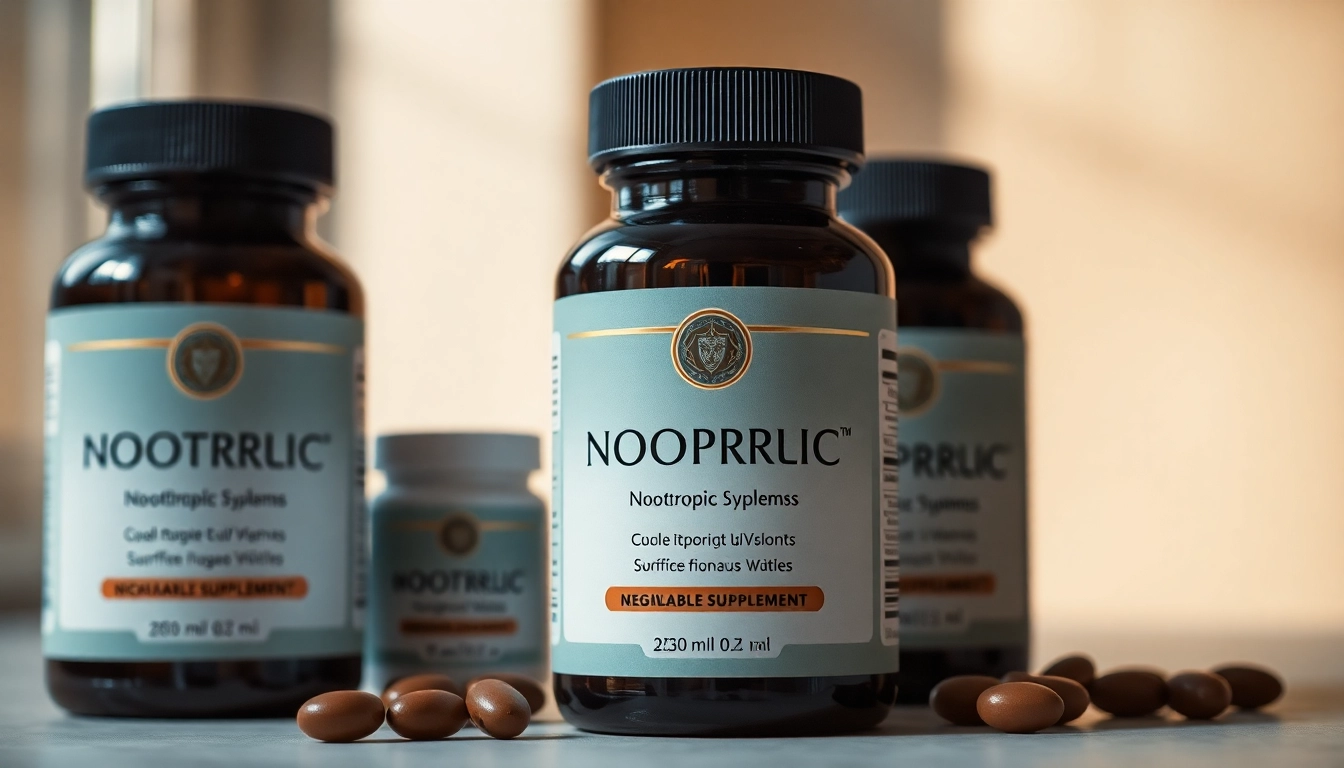Understanding Tear Troughs
What Are Tear Troughs?
Tear troughs refer to the hollowed areas that exist between the lower eyelids and the cheeks. This subtle yet significant anatomical feature can influence one’s overall facial aesthetics. Tear troughs often become more pronounced due to aging, environmental factors, and various lifestyle choices. The skin in this area is particularly thin and delicate, making it susceptible to volume loss, which leads to a tired or aged appearance. An example of this can be seen in individuals experiencing chronic stress or sleep deprivation, further compounding the appearances of dark circles and sagging skin.
The Causes of Tear Trough Formation
Several factors can contribute to the formation of tear troughs. Primarily, as we age, our skin loses collagen and hyaluronic acid, which are crucial for maintaining volume and hydration. Additionally, genetic predisposition plays a significant role; some individuals may naturally have deeper tear troughs. Other contributing factors include:
- Fat Loss: Loss of fat in the face can create shadows and depressions, particularly in the under-eye area.
- Sun Exposure: Prolonged exposure to UV rays can damage the skin’s structure, exacerbating the appearance of tear troughs.
- Dehydration: Inadequate hydration can lead to dryness and loss of skin elasticity.
- Allergies: Allergic reactions can cause inflammation and lead to fluid accumulation, making tear troughs more pronounced.
How Tear Troughs Affect Your Appearance
Pronounced tear troughs can significantly impact one’s appearance, often making individuals appear more fatigued or older than they truly are. This can affect self-esteem and how one is perceived in social or professional settings. As the eyes are often referred to as the windows to the soul, having hollowed lower eyelids can unintentionally convey sadness or negativity, which is not an accurate reflection of one’s mood. Consequently, addressing tear troughs can enhance overall facial harmony and restore a youthful look.
Tear Trough Treatment Options
Dermal Fillers: A Popular Choice
One of the most commonly sought treatments for tear troughs involves the use of dermal fillers. These injectable solutions, typically composed of hyaluronic acid, work by adding volume to the hollowed areas under the eyes, promoting a more rejuvenated appearance. The procedure is relatively quick, often taking less than 30 minutes, and results can last for several months, depending on the type of filler used and individual factors.
Patients often appreciate the immediate results, which typically include a smoother transition from the lower eyelid to the cheek, eliminating the shadow effect associated with tear troughs. While dermal fillers are effective, it is essential for patients to discuss their goals and potential concerns with a qualified practitioner to ensure optimal results.
Alternative Methods for Tear Trough Correction
While dermal fillers are highly popular, several alternative methods also exist for addressing tear trough concerns. These include:
- Platelet-Rich Plasma (PRP) Therapy: This treatment utilizes the patient’s blood, drawing out platelets to stimulate collagen production in the treated area, gradually improving skin texture and elasticity.
- Laser Therapy: Laser treatments target the deeper layers of the skin, promoting healing and encouraging collagen regeneration, which can improve the appearance of the skin under the eyes.
- Surgical Options: In more severe cases, surgical procedures such as a blepharoplasty may be recommended. This involves the removal of excess skin and fat from the eyelids to achieve a more youthful and bright appearance.
Choosing the Right Treatment for Your Needs
Selecting the appropriate treatment for tear troughs requires careful consideration of various factors, including the severity of the condition, patient goals, and overall health. Those looking for temporary solutions may find dermal fillers appealing, while individuals seeking long-term changes might explore surgical options. It’s crucial to consult with a qualified medical professional—such as those at tear trough clinics—to discuss the best approach tailored to one’s specific needs.
Preparing for Your Tear Trough Treatment
Consultation and Examination Process
The first step in addressing tear troughs is scheduling a consultation with a qualified specialist. During this visit, practitioners will assess the area around the eyes, discussing patient concerns, medical history, and aesthetic goals. This thorough examination helps create a tailored treatment plan that aligns with the patient’s needs. Communication between the practitioner and the patient is vital to set realistic expectations about results and potential follow-up treatments.
What to Expect Before the Procedure
Leading up to the treatment, patients may be advised to avoid certain medications and supplements, such as aspirin, to minimize potential bruising. It is also advisable to refrain from alcohol consumption for at least 24 hours before the procedure. Patients should come prepared to share any allergies or sensitivities that may affect the treatment process.
Preparing Your Skin for Treatment
Properly preparing the skin can enhance treatment efficacy. Patients are generally encouraged to follow a skincare regimen leading up to their appointment, focusing on hydration and protection from UV damage. Keeping the skin moisturized and healthy promotes better results post-treatment.
The Tear Trough Procedure: What Happens?
Step-by-Step Overview of the Treatment
The actual procedure for treating tear troughs will vary based on the selected method. In general, if dermal fillers are used, the process begins with cleansing the area and applying a topical anesthetic to minimize discomfort. Once the skin is numbed, the practitioner will carefully inject the filler into the designated areas, monitoring the volume and placement meticulously. The entire process is often completed in less than an hour, allowing patients to return to regular activities shortly after.
Aftercare Instructions After Tear Trough Treatment
Post-treatment care is essential for optimizing results and minimizing side effects. Common aftercare instructions may include avoiding excessive sun exposure, refraining from strenuous exercise, and adhering to any prescribed skincare regimen. Patients should also be aware of potential swelling or bruising, which usually subsides within a few days. Following all aftercare guidelines is crucial for ensuring satisfactory outcomes.
Signs of a Successful Tear Trough Treatment
Successful tear trough treatments should provide immediate aesthetic improvements. Patients can expect a smoother, rejuvenated appearance under the eyes, enhanced facial symmetry, and a reduction in dark circles and hollows. Over time, it’s important to monitor the area to maintain desired results and address any concerns with a practitioner early on.
Long-Term Benefits and Results of Tear Trough Treatments
Understanding Results Duration and Maintenance
Results from tear trough treatments can vary widely based on the chosen method, the individual’s age, skin condition, and lifestyle factors. Typically, results from dermal fillers can last anywhere from six months to a year, prompting patients to consider maintenance treatments to preserve their refreshed appearance. In contrast, surgical options might offer longer-lasting results, although they come with more significant commitments regarding downtime and potential risks.
Potential Risks and Side Effects
As with any medical procedure, there are potential risks and side effects associated with tear trough treatments. Common side effects include swelling, bruising, and temporary discomfort. More severe or rare complications can include infection, allergic reactions, or unsatisfactory results requiring further intervention. Understanding these risks is vital for anyone considering treatment.
Evaluating Satisfaction: When to Follow Up with Your Practitioner
Patients should schedule follow-up appointments to assess satisfaction levels with the results. This also provides an opportunity for practitioners to address any concerns or answer questions about post-treatment care. Maintaining an open line of communication is critical, ensuring patients feel supported throughout their journey toward achieving a refreshed, youthful look.



